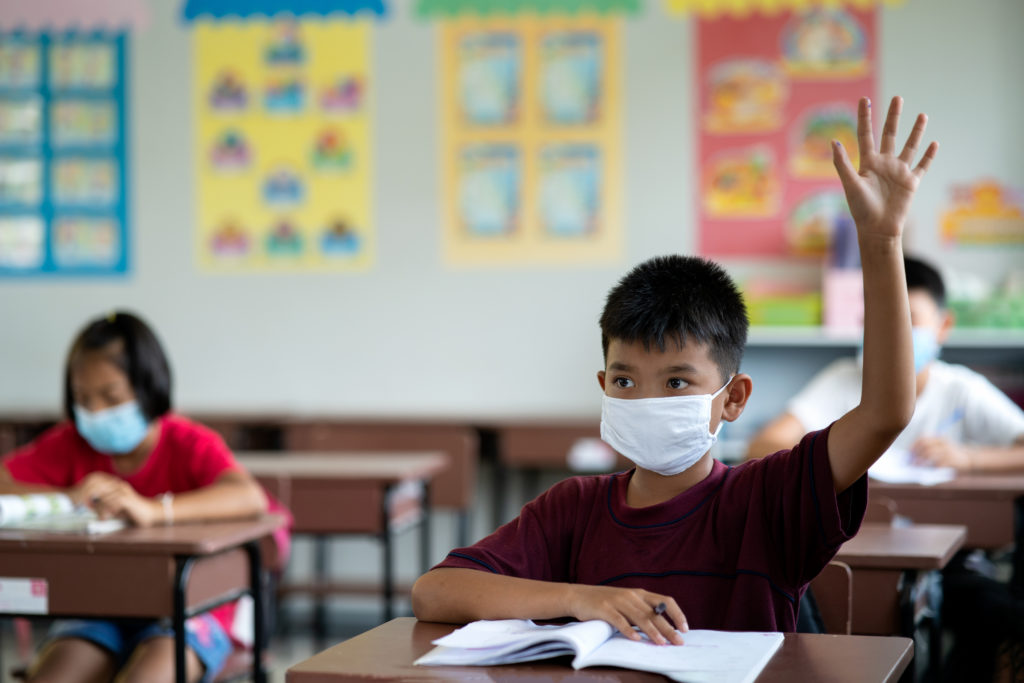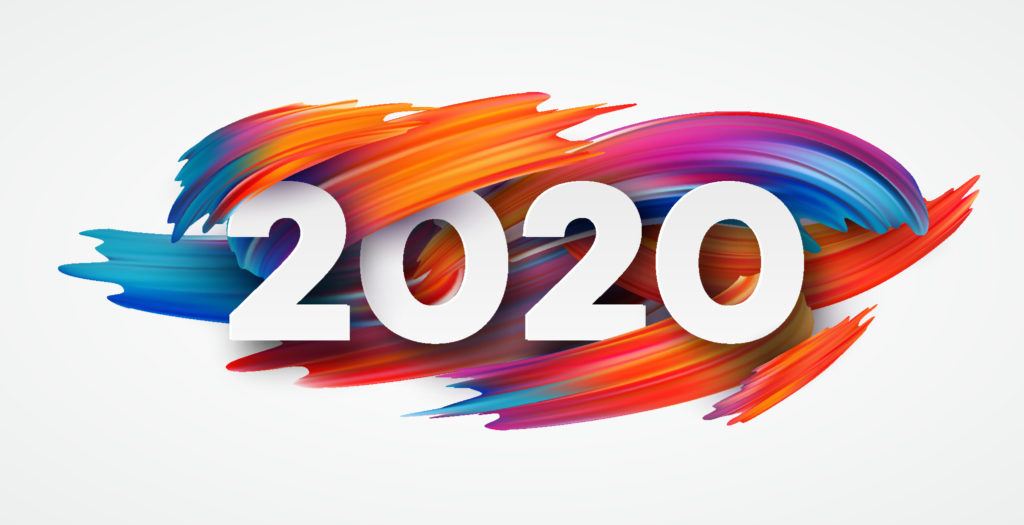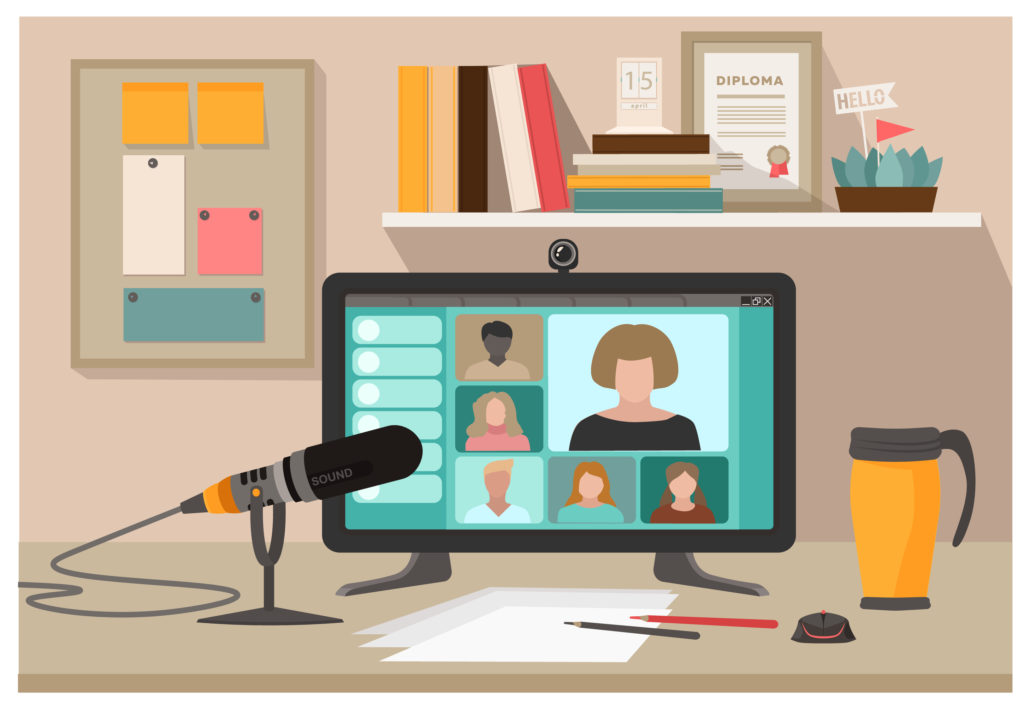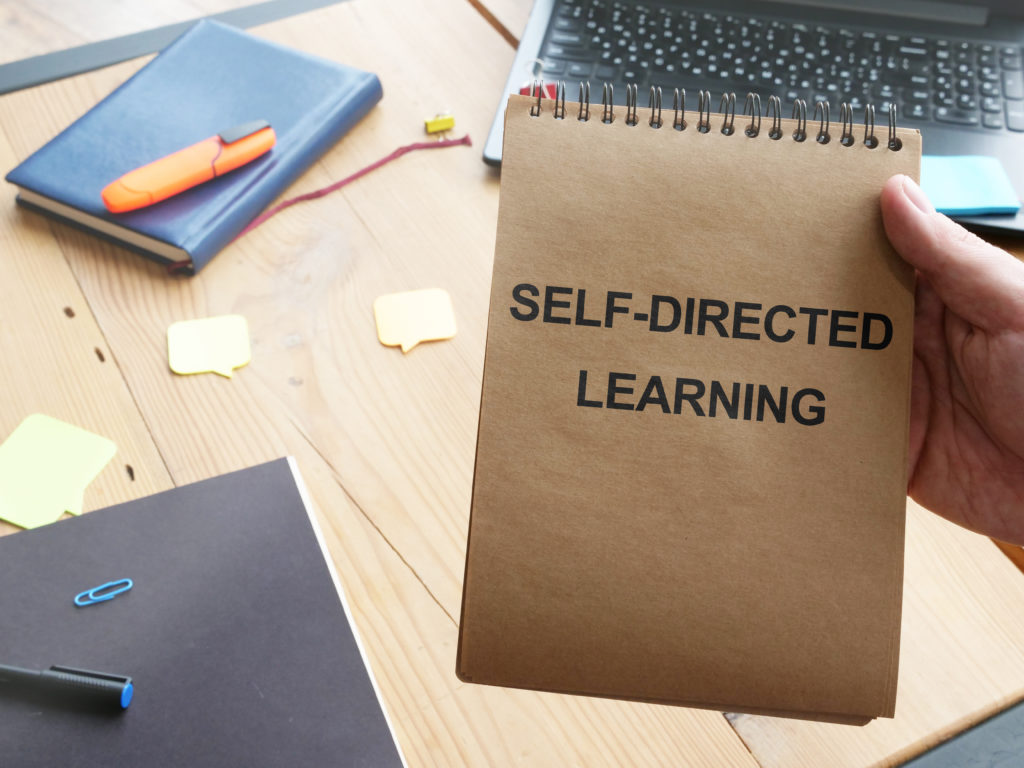Youth Examine How Their District Can Improve Education for High School ESL/ELL Latinx Students

Angel Feliz and Michellet (Michy) Brand are part of the cohort of youth researchers in the Youth Action Researchers at the Intersection project. They researched the question: How can the Providence public schools district improve their education for high school ESL/ELL Latinx students? Meet the Student Researchers Angel Feliz (he, him) Birthplace: Dominican Republic Family… Read More ›
Students Examine How Racial and Ethnic Backgrounds of Teachers and Students Affect Classroom Relationships

Laila Ibrahim and Amy Monroy are youth researchers involved in the Youth Action Researchers at the Intersection (YARI) project. They researched the question: How do the racial/ethnic backgrounds of teachers and students affect student-teacher relationships within the classroom? https://youtu.be/7Pxu0v6WTS0 Meet the Student Researchers Laila Ibrahim (she, her) Birthplace: Pasadena, CAFamily members: Parents and older sisterCurrent favorite book: A Brief… Read More ›
Students Explore the Advantages and Disadvantages Female Students of Color Face in Schools

Crissanny and Michelle are part of the cohort of youth researchers in the Youth Action Researchers at the Intersection project. They researched the question: What advantages and disadvantages do female students of color face in schools, and how does it affect their learning journeys? Meet the Student Researchers Crisanny Martinez (she, her) Birthplace: Dominican Republic… Read More ›
Youth Researchers Explore How Schools’ Impressions of Students and Disabilities Impact Accessibility

Meet the Student Researchers Adi Gamache (he, him) Family members: mom, dad and two younger brothers Current favorite song: It Will Come Back by Hozier What’s one thing people wouldn’t know just by looking at you: I’ve played over 300 hours of a farming simulator game. How you have coped through the pandemic: Playing a… Read More ›
Resource Round-Up: Talking About the Attack on the Capitol

The following resources are designed to help educators have critical conversations about the attack on the Capitol with their learners, peers and within their communities. Resources to help your students Resources for Talking To Students About the Attack on the Capitol Children need a safe place to express their anxiety or worries and seek answers… Read More ›
Resource Round-Up: Peer Discussions

We know engaging discussion with peers builds community, leads to deeper learning and motivates students. Figuring out how to create meaningful dialogue and get every student to participate is tough in the classroom. Finding new ways to do this remotely is an even bigger challenge. So, we have compiled advice from fellow teachers to help… Read More ›
The Resources You Loved in 2020

We can all agree 2020 was a difficult year. But it did bring many opportunities for change, and Students at the Center has been here to offer a guiding hand. We hope you’ve found at least one thing to help you build a more resilient, equitable future for your classrooms and schools. Here are your… Read More ›
Strategies for Making Human-Centered Learning a Reality

Human-centered learning allows people to relate in new ways to education systems, society and the natural environment. In a recent publication, KnowledgeWorks introduces a bold, aspirational vision human-centered learning – for education that enables life-affirming experiences and outcomes for everyone involved in learning systems. The paper looks at the four essential elements of human-centered learning… Read More ›
Five Lessons the Pandemic Has Taught Us About Student Engagement

The original design of the YARI Project aimed to support a cohort of youth researchers at the intersection — those who are from historically marginalized groups and who also possess learning differences — as they interrogate the education system from the perspective of their lived experiences. By supporting youth with principles of Universal Design for… Read More ›
Researchers of Color Make All the Difference

Educators across the nation have noticed the success of youth mentoring programs that emphasize the need for mentors who share similar stories as the youth they work with. We at the Center for Youth and Community Leadership in Education (CYCLE) experienced it first-hand this year at the different Youth Action Researchers at the Intersection (YARI)… Read More ›
The Critical Importance of Youth-Led Research

Youth-led research plays a critical role in advancing student-centered education. It provides the opportunity to elevate student voice and transform an inequitable education system. Research, at its most powerful, combines methodological rigor with the openness to inquire from our lived experiences. Inhabiting this vulnerable place is necessary to provoke us to venture into uncomfortable spaces… Read More ›
A Roadmap for Student Self-Direction: Building Essential Skills for the Future

The BEST Self-Direction Toolkit is a collection of resources for teachers to use in the classroom for instruction and assessment that focuses on self-direction. The toolkit includes the self-direction rubric, self-direction activities and targeted resources for teachers. All tools are designed by teachers and tested in the classroom. Who is the toolkit for? It’s for… Read More ›